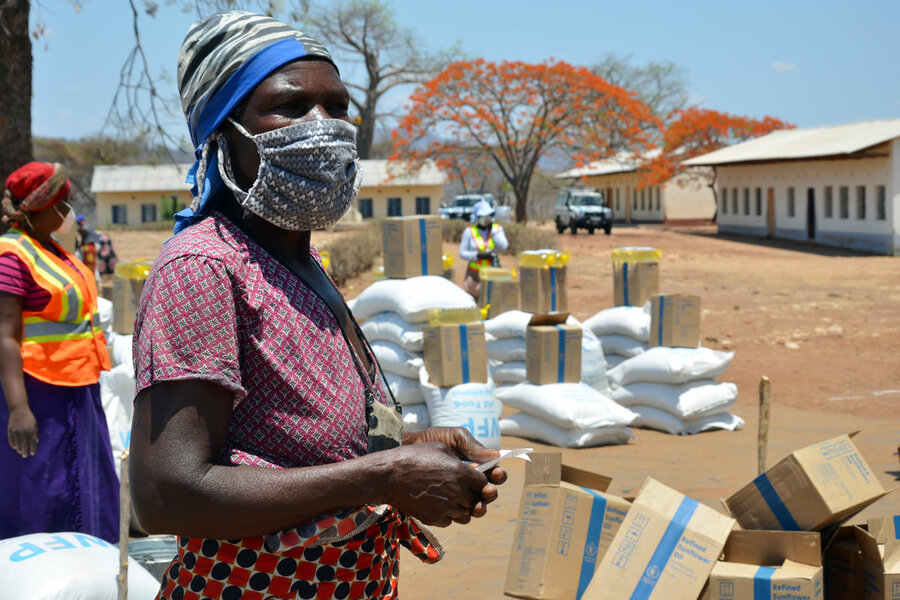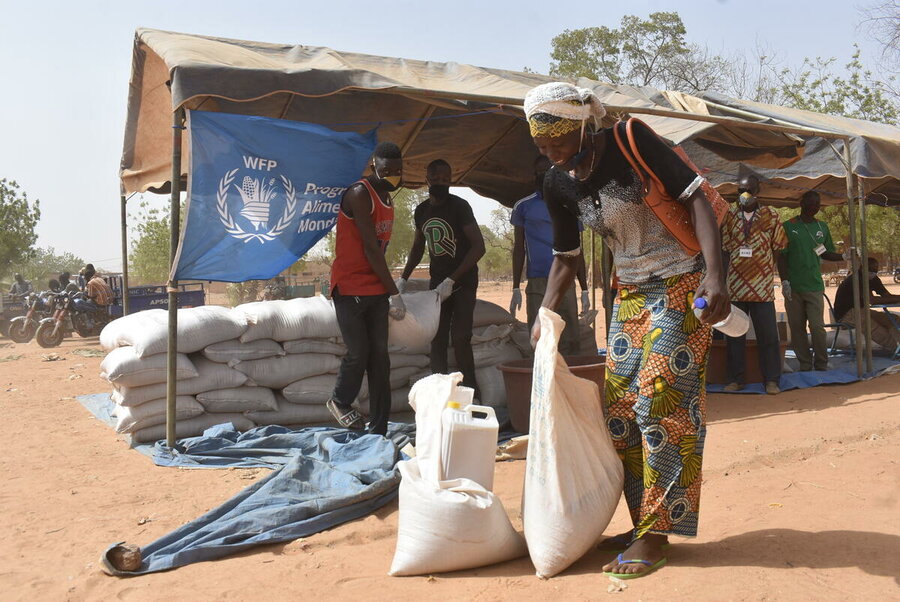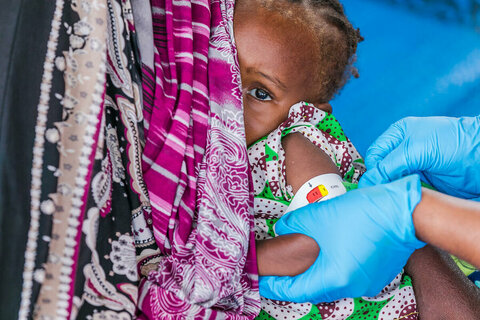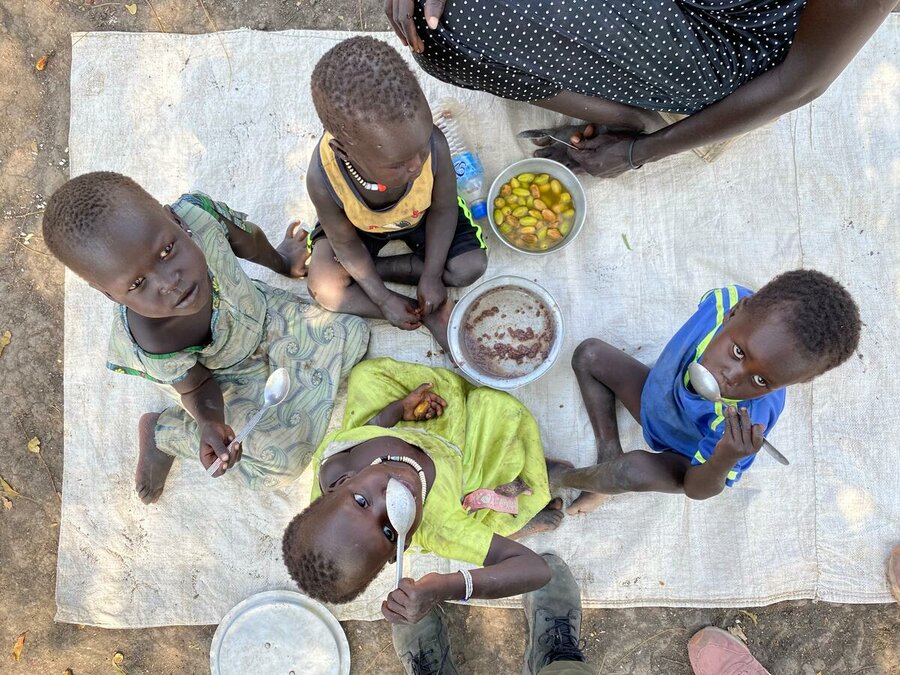3 things you may not know about famine — and how to prevent it

*Figures updated in February 2022
A staggering 44 million people in 38 countries are teetering on the brink of famine, with immediate action needed to avert huge loss of life. In Yemen and South Sudan over 100,000 people are already suffering famine or famine-like conditions, with conflict, insecurity and resulting displacement putting people at imminent risk of starvation.
Tragically, lack of resources means the World Food Programme (WFP) has to reallocate food according to need, as was the case in South Sudan over the past week. “It is a very painful decision to take from the hungry to give to the starving, but this is the reality," says Country Director Matthew Hollingworth.
With rising food prices and spiralling currencies also contributing to the crisis, we find ourselves still addressing the issue of famine in the 21st Century, amidst a world of plenty. Basic misconceptions of famine also persist, and dispelling these is an important step in better understanding the current plight of millions of people.
3 myths about famine

1. Famine is chiefly caused by climate disasters
Though famines were once caused mainly by climate shocks such as drought, conflict is the single biggest driver of hunger today. The last officially declared famine was in South Sudan in 2017, clearly fuelled by conflict. To avert famine, we need an end to conflict. Beyond this, WFP regards peace as fundamental to ending hunger, with our work in this area recognized by the 2020 Nobel Peace Prize.

Around two-thirds of WFP’s life-saving food assistance goes to people facing severe food crises which are mostly caused by conflict. Where climate change, still a huge driver of hunger, intersects with conflict, and now COVID-19, chaos ensues.
With sufficient funding and access, WFP has the expertise, deep-field presence and operational scale to stop famine in its tracks and steer people away from the edge of starvation. We provide immediate food assistance while also fostering longer-term self-reliance through strengthening education, nutrition, livelihoods and social protection systems. We also support governments in anticipating and preventing the threat of extreme hunger that can lead to famine.

2. People don't die until after a famine is declared
By the time famine is declared, it's too late — people are already dying of hunger. With funding and access in place, however, WFP has the expertise to both halt and prevent famine, operating at a huge scale that can steer people away from the edge of starvation and building their resilience to shocks caused by conflict, climate change or disease. Our most powerful tool? Access to, and knowledge of, the most vulnerable people. Two years ago, our largest-ever scale-up of food assistance — from 1 million people in 2015 to nearly 13 million in 2019 — helped avert famine in Yemen, while providing a platform for the broader humanitarian community to strengthen their interventions.
Famine alert: How WFP is tackling this other deadly pandemic

The price of doing nothing in the face of current hunger needs will inevitably be measured in terms of the number of people who die. Then there are the long-term economic consequences such as lost productivity and spiking healthcare costs. The cost of losing the human potential of whole generations is incalculable for what are already the world's poorest countries.
With six decades of experience, WFP is at the forefront of the global famine response and uniquely placed to intervene in today's most pressing emergencies. WFP’s logistics and supply chain capabilities can move huge quantities of food to where they are most needed — in extreme cases using airdrops and airlifts. Our knowledge of the needs of populations facilitates a tailored response with all partners, that can prevent the recurrence of famine.

3. During famine, starvation is the biggest cause of death
As the World Health Organization puts it, “between starvation and death, there is nearly always disease”. Starvation is an extreme, potentially fatal form of acute malnutrition that weakens the immune system, leaving the body susceptible to infectious diseases such as cholera, malaria, pneumonia and measles. Malnutrition, even in its less extreme form, has long-term effects such as impaired physical and cognitive development, reduced educational attainment and labour productivity, and an increased risk of disease and death.

Ensuring people get the right nutrition not only reduces suffering and saves lives — it also prevents long-term health issues. This is particularly important in conflict settings where access to families in need is challenging. That's why WFP works to prevent and mitigate famine through targeted food, nutrition and cash-based assistance. It helps people meet their immediate needs, while also bolstering their longer-term resilience against future hunger crises.
